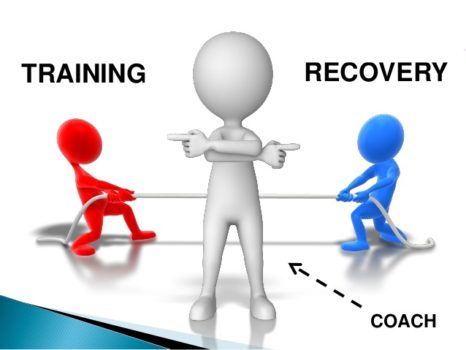Exercise and physical activity is very good for your health and well-being. However, doing ‘too much, too soon’ may be a key reason you develop or continue to have knee cap pain?
If you are not sensible with how much exercise you do, other normally effective treatments may not actually end up helping you manage your pain. That’s why managing load is very important.
Take a look at the short video below to get some tips on how you can manage your exercise and physical activity loads (it’s less than two mins)!
Why do I need to be sensible with how much exercise I do?
The exact reason why people develop knee cap pain is unclear. However, experts around the world tend agree that doing ‘too much, too soon’ in relation to exercise may be a key reason.
There seems to be a spike in the number of people with knee cap pain following rapid increases to how much exercise you do – e.g. basic military training or ‘start to run’ programs (e.g. couch to 5KTM).
In ‘start to run’ programs it can be as high as 17%.
There are no specific rules on how much exercise you should complete in order to avoid developing knee cap pain. It is also not clear exactly how quickly to increase exercise when returning to sports and other activities if you are recovering from knee cap pain.
The most sensible option is to monitor your pain levels during and after exercise. Experts frequently recommend that if you have a large increase in pain, or pain stays increased for more than 24 hours after exercise, you may be doing ‘too much, too soon’.
Further guidance on how much exercise you should do and how quickly to increase it can be provided by your physiotherapist.
The following graphs taken from the education leaflet titled ‘Managing My Patellofemoral Pain’ provide a great visualisation to guide you on returning to exercise
Supporting articles
Barton 2016. ‘Managing My Patellofemoral Pain’: the creation of an education leaflet for patients.
Dye 2005. The pathophysiology of patellofemoral pain: a tissue homeostasis perspective.
